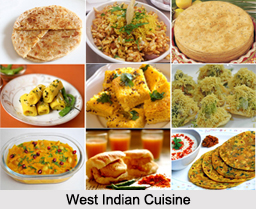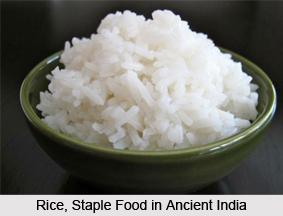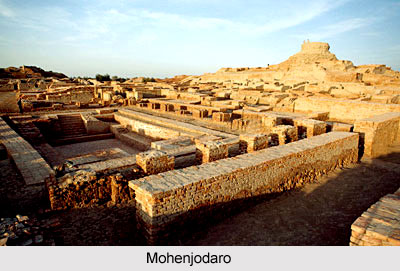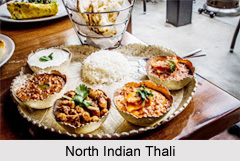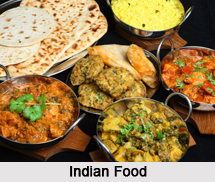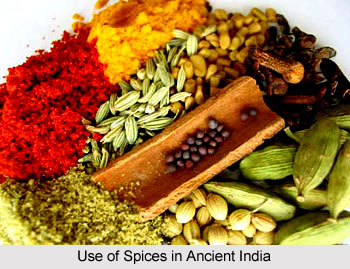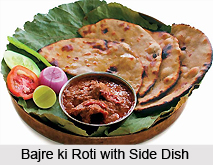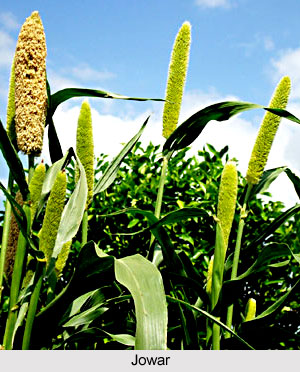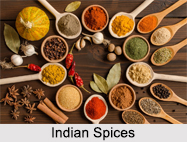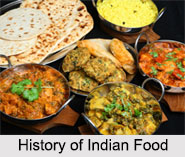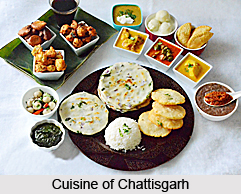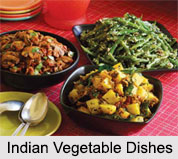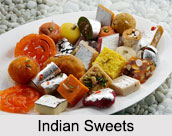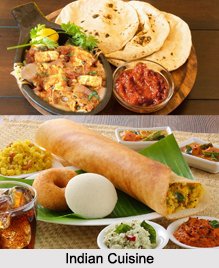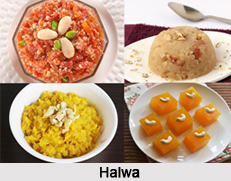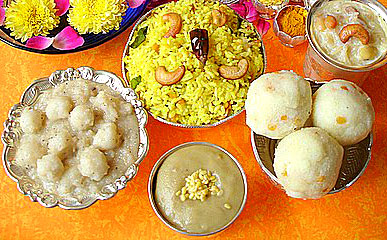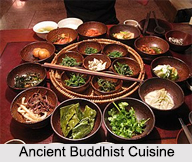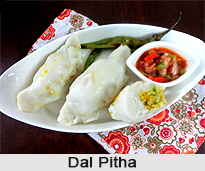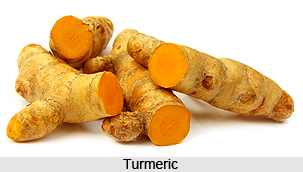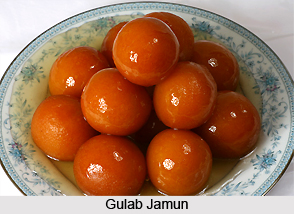 Gulab Jamun is a milk-solids-based traditional desert dish, similar to a dumpling, popular in India. The term `gulab jamun` gets its name from two words; gulab which means rose and jamun which is a kind of deep purple coloured Indian berry. Rose refers to the flavoured syrup and jamun refers to the cooked dumplings that are dark brown in colour. Gulab Jamun is available in various types and every variety has a distinct taste. Gulab Jamun was among the most popular sweets of Great Ottoman Empire.
Gulab Jamun is a milk-solids-based traditional desert dish, similar to a dumpling, popular in India. The term `gulab jamun` gets its name from two words; gulab which means rose and jamun which is a kind of deep purple coloured Indian berry. Rose refers to the flavoured syrup and jamun refers to the cooked dumplings that are dark brown in colour. Gulab Jamun is available in various types and every variety has a distinct taste. Gulab Jamun was among the most popular sweets of Great Ottoman Empire.
Gulab jamun can be found in various shops of India throughout the year but it gains popularity during different occasions such as weddings and birthday parties and festivals like Diwali and Ganpati Chaturthi.
Ingredients of Gulab Jamun
•500 Gms. khoya
•125 Gms. plain flour
•1/4 tsp. baking soda
•1/4 cup milk
•1/4 tsp. cardamom powder
•1 pinch saffron strands
•250 Gms. sugar
•Ghee to deep fry
Method of Preparing Gulab Jamun
Crumble the khoya. Sieve in the flour and soda together. Mix in the cardamom powder and crushed saffron. Mix well to form soft dough. Use as much milk as required for kneading. Make balls of even size. Make about 25-30. Heat the ghee very well. Take off fire and cool a little. Let in some of the jamuns; when they rise up put back on fire and fry till they turn medium brown. Remove from ghee and put in the syrup. Soak for 10 minutes. Drain and transfer to a glass bowl. Repeat for all the balls. When done pour the remaining syrup over the jamun. Microwave lightly or warn over boiling water before serving.
Method of Preparing the Syrup
Take the sugar in a heavy pan and add water to just cover the sugar. Boil and add a tbsp. of milk to separate the dirt. Strain and boil again. The syrup is done when, while dropping from a spoon it falls in a thin single thread.
Gulab jamun can be served after heavy meals or can be offered simply to sweeten ones mouth on any occasion. This sweet is easy to prepare at home and is considered as one of the oldest delicacies for any festival.
